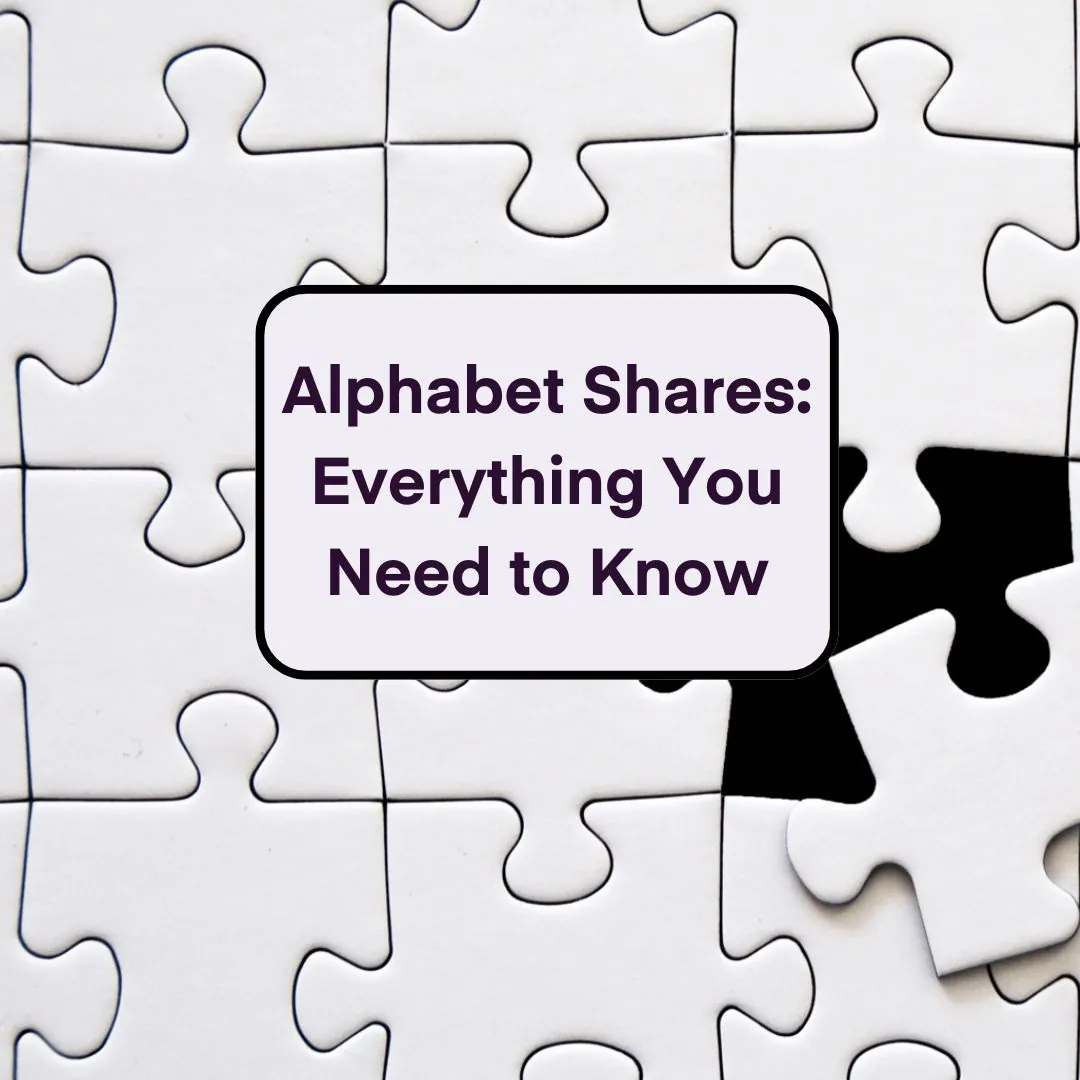
Salary or Dividend: Optimising your pay in 2019/20
5 Feb 2019Many people will have ambitions to run their own business, to follow their ideas and become their own boss. But what happens when you’re the owner of a limited company and it comes to getting paid? Do you go for salary or dividend, and what’s the most tax-efficient way to put money in your pocket?
To explore the topic, we’ve called on the knowledge of one of our Associate Director, Riaz Kala, to talk you through the ongoing debate of “salary or dividend?” and put his tax expertise to the test so you can optimise how much you get paid in the 2019/20 tax year.
Optimising your pay as a business owner
There are a number of things to consider when paying yourself as a business owner, and taking a salary is certainly something you as an owner should do.
However, while a salary is deductible from your firm’s corporation tax bill, there are thresholds at which income tax and National Insurance Contributions kick in, so here are two working examples of how different salary values will impact your business and your pocket.
*Before we get into the examples, it’s assumed you have no other salary or rental income other than that of your own company, so bear that in mind as we break down the following scenarios.
Salary value: £8,632
First off, you may be thinking £8,632 is a random figure - it’s not. In the 2019/20 tax year, £8,632 is the threshold at which Employees’ and Employer’s National Insurance Contributions kick in and thereafter must be paid.
So, while you may be eligible for the full personal allowance of £12,500, paying yourself that full allowance would still create a total £3,868 above the NIC threshold that you would need to pay tax on.
Therefore, if your company isn’t claiming Employment Allowance (more on this in a moment), the optimum salary to pay yourself is £8,632.
Salary value: £12,500
If it’s the case that you are not the sole director or employee of your firm, it could be in your interest to pay yourself the full £12,500 of your personal allowance and claim Employment Allowance to cover the money earned above the aforementioned NIC threshold (£8,632).
Employment Allowance allows eligible companies to claim back up to £3,000 in Employer’s NICs paid out by the company.
In a nutshell, your company will still need to pay £533.78 in Employer’s NICs on your £12,500 salary, but this will be refunded thanks to Employment Allowance.
Furthermore, your salary of £12,500 will not be eligible for income tax and it would also be deductible from the firm’s corporation tax bill.
You will, as an employee, have to pay £464.16 in Employees’ NICs, but you will be roughly £270 better off per year compared to taking a £8,632 and your firm will save £734.92 in corporation tax if you take the higher salary, too.
Importantly, however, this all hinges on your eligibility for Employment Allowance. If you’re unsure about your eligibility we urge you to contact us before proceeding any further.
Optimising your dividend income
Once you settle on a salary that suits both your own and your company’s tax position, you can get cracking on figuring out how much would you like to receive from your dividends in the firm.
A quick lesson on dividends before we jump in - they are a share or the company’s profits, or simply, a share of the money the company still owns after its paid all of its taxes and covered any expenses.
With that in mind, you can draw dividends whenever you please, so long as the company has the profits in place to do so. Further to that, dividends paid to any shareholder must match the percentage of shares they own.
The admin surrounding dividends is vital when it comes to your self assessment tax return down the line. Upon making a legitimate dividend declaration, said shareholder will be given a dividend voucher which will contain important information needed to complete their tax return down the line.
As a company owner or director you do have some flexibility when it comes to dividends and that can help you make your pay more tax-efficient.
For one, you possess the power to declare dividends when you want, but you may also postpone dividend declarations until the following tax year in order to minimise your own tax liability.
Further to that, as an owner you may opt to divide the ownership of your company between yourself and your spouse as this will allow you to benefit from the joint tax-free allowances HMRC’s has in place. This is especially beneficial if your spouse has no other income.
Dividend tax rates
While the original taxing of dividends was carried out through tax credits, a modern regime uses fixed dividend tax rates. In the 2019/20, they are:
-
7.5% (basic rate)
-
32.5% (higher rate)
-
38.1% (additional rate)
You can also avail of a £2,000 dividend allowance that exists within your appropriate tax band(s).
Before moving forward with structuring your income for 2019/20, we encourage you to get in touch with an accountant for their professional opinion on what it the most tax-efficient way for you to be paid.
Our team is comprised of vastly experienced tax advisers who would be happy to establish the best direction for you to take, so don’t hesitate to get in touch with us.

























